When it comes to starting or expanding a business, securing funding is often necessary. While taking out a business loan can be a great way to obtain the capital you need, it’s important to understand that there are hidden costs associated with these loans. These costs can add up quickly and significantly impact your bottom line. In this blog post, we’ll explore the hidden costs of business loans and what you need to know to make informed decisions.
Interest Rates
One of the most significant costs of a business loan is the interest rate. Interest rates can vary widely depending on the lender, the type of loan, and your creditworthiness. The interest rate can be either fixed or variable, and it’s important to understand the difference between the two.
A fixed interest rate means that the interest rate will remain the same throughout the life of the loan. This can be beneficial if you’re looking for predictability in your monthly payments. However, fixed interest rates tend to be higher than variable interest rates.
Variable interest rates, on the other hand, fluctuate over time based on the current market conditions. This can be beneficial if interest rates are expected to decrease in the future, as your monthly payments will decrease as well. However, if interest rates rise, your monthly payments will also increase.
Fees
In addition to interest rates, many business loans come with fees that can add up quickly. These fees may include:
Origination fees: These fees are charged by the lender for processing the loan application and may be a percentage of the loan amount.
Application fees: Some lenders charge an application fee to cover the costs of reviewing your loan application.
Prepayment fees: If you pay off your loan early, some lenders may charge a prepayment fee.
Late payment fees: If you miss a payment or make a payment late, you may be charged a fee.
It’s important to read the fine print and understand all of the fees associated with a loan before signing on the dotted line.
Collateral
Some business loans require collateral, which is an asset that the lender can seize if you default on the loan. Collateral can be in the form of real estate, inventory, or equipment. If you’re unable to repay the loan, the lender can take possession of the collateral and sell it to recoup their losses.
While collateral can help you secure a loan, it also comes with risks. If the value of the collateral decreases, you may need to provide additional collateral to secure the loan. Additionally, if you default on the loan, you could lose the collateral and damage your credit score.
Opportunity Costs
When you take out a business loan, you’re committing to paying back the loan with interest over a period of time. This means that you’ll need to have a steady source of revenue to make your monthly payments. If you’re unable to generate enough revenue to make your loan payments, you may need to cut back on other expenses, such as marketing or research and development.
Additionally, taking out a business loan means that you’re tying up your future cash flow. This could impact your ability to take advantage of other opportunities that come your way, such as expanding your product line or hiring additional staff.
While taking out a business loan can be a great way to secure the funding you need, it’s important to understand the hidden costs associated with these loans. Interest rates, fees, collateral, and opportunity costs can all impact your bottom line and should be carefully considered before taking out a loan. By understanding these costs, you can make informed decisions and ensure that your business is set up for success.
Looking for funding for your business? Get in touch with us at Funding Bay.



